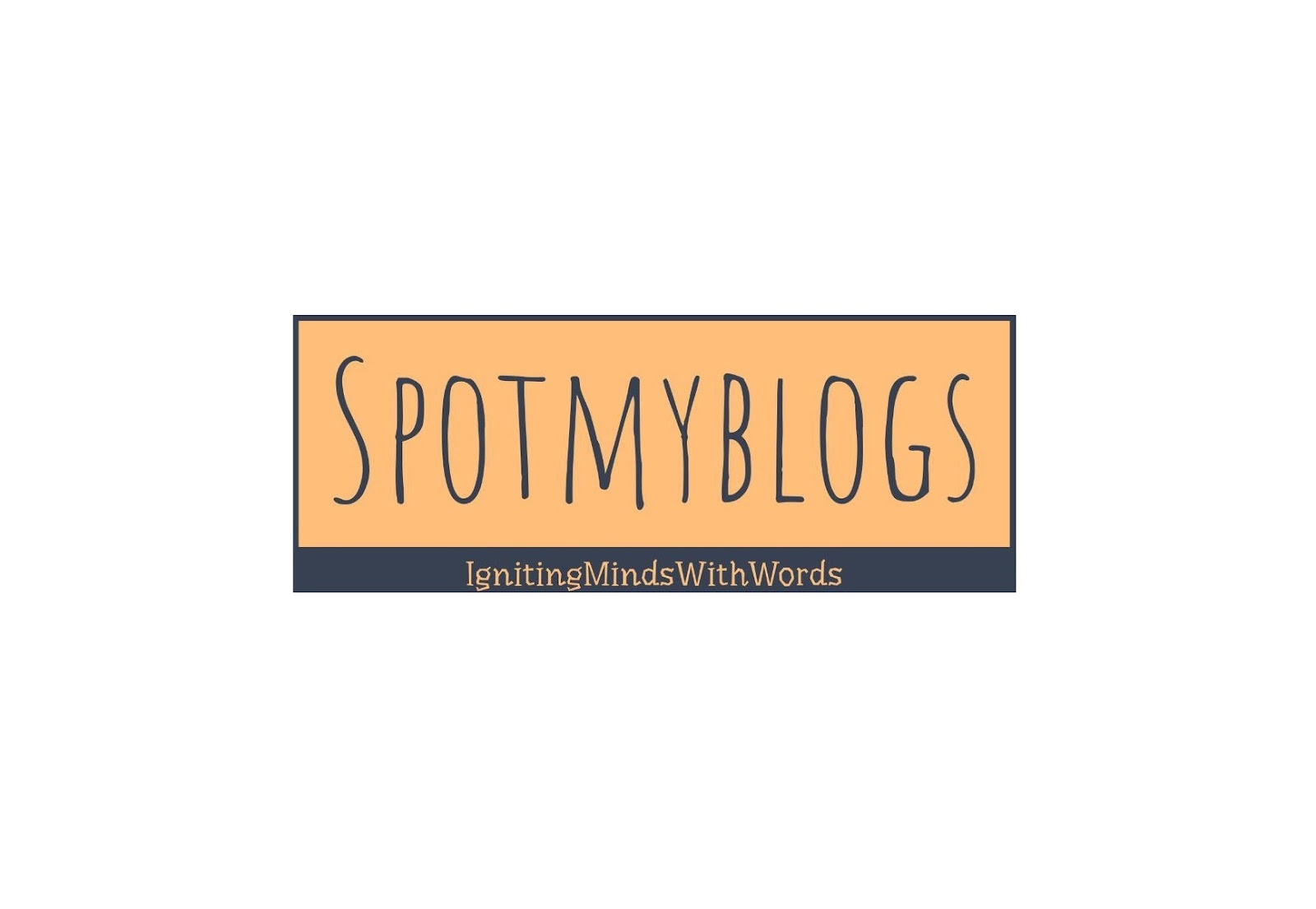Step-by-Step Instructions on Using Google AdWords to Reach Your Goal Audience
Step-by-Step Instructions on Using Google AdWords to Reach Your Goal Audience
Introduction:
In today's highly competitive internet world,
targeting the proper audience is critical for any business's success. You have
a strong tool at your disposal to efficiently engage with your target audience
with Google AdWords. In this article, we'll examine the benefits of Google
AdWords and show you the best ways to use it to connect with your target
audience.
Section 1:
Getting to Know about Google AdWords:
· What
is Google AdWords: Provide a brief explanation of what
Google AdWords is, highlighting its role as an online advertising platform.
· How
does Google AdWords work: Describe the basic functioning of
Google AdWords, including ad auctions, keywords, and bidding.
· Benefits
of using Google AdWords for audience targeting:
Explain the advantages of using Google AdWords for reaching your target
audience, such as its extensive reach, targeting options, and measurable
results.
Section 2:
Identifying Your Target Market:
· Importance
of identifying your target audience: Emphasize the
significance of understanding your ideal customers and tailoring your marketing
efforts accordingly.
· Conducting
market research: Describe the steps involved in
performing in-depth market research to learn more about the characteristics,
interests, and online activities of your target audience.
· Developing
buyer personas: Show readers how to develop detailed
buyer personas that represent various groups of their target audience,
including qualities, motives, and pain areas.
Section 3:
Setting Up Your AdWords Campaign:
· Creating
a Google AdWords account: Provide step-by-step instructions
on how to create an AdWords account, emphasizing the need
for accurate information and linking it to your
website.
· Choosing
the right campaign type: Explain the various campaign types
available in Google AdWords, such as Search, Display, Video, and Shopping, and
guide readers in selecting the most suitable option for their goals.
· Selecting
keywords relevant to your target audience: Describe the
importance of keyword research and provide methods for finding relevant
keywords that match the search phrases used by your target audience.
· Writing
compelling ad copy: Share tips and techniques for crafting
engaging and persuasive ad copy that resonates with your target audience,
including the use of relevant keywords and compelling calls to action.
Section 4:
Audience Targeting in Google AdWords:
· Demographic
targeting: Explain how to use Google AdWords' demographic
targeting choices, such as age, gender, and location, to filter your audience
based on relevant characteristics.
· Interest
targeting: Discuss how you might use interest targeting
to connect with people who have expressed an interest in certain subjects,
industries, or activities related to your goods or services.
· Remarketing:
Make a point of highlighting the effectiveness of remarketing campaigns in
re-engaging website visitors so you can show them advertisements that are
specially tailored to them.
· Custom
intent audiences: Introduce custom intent audiences, which
enable you to reach users based on specific keywords they've searched for,
indicating their intent to engage with products or services similar to yours.
Section 5:
Optimizing Your AdWords Campaign for Audience Engagement:
· A/B
testing your ads: Explain the importance of split testing
different ad variations to identify the most effective messaging, design, and
calls to action for your target audience.
· Providing
clients with guidance on how to track KPIs, including as click-through
rates (CTRs), conversion rates, and cost per click (CPC), in order to assess
the success of their campaigns.
· Refining
your targeting based on data and insights: Guide readers on
how to analyze campaign data and adjust their targeting parameters, keywords,
or ad placements based on the performance and audience engagement metrics.
· ROI
calculation and conversion tracking: Discuss the use of
conversion tracking to assess the efficiency of your advertisements in
generating desired actions, such as purchases, sign-ups, or queries.
Section 6:
Best Practices for Targeting Success:
·
Continuously updating and refining
your target audience: Encourage readers to regularly review
and update their buyer personas based on market trends, customer feedback, and
campaign insights to ensure their targeting remains relevant.
· Utilizing
advanced targeting choices: Highlight Google AdWords' advanced
targeting options, which may help you focus and broaden your reach. These
options include in-market audiences, affinity audiences, and comparable
audiences.
· Analyzing
competitor targeting strategies: Encourage readers to
analyze their competitors' ads and targeting strategies to gain insights and
identify opportunities to differentiate themselves.
· Staying
up to date with Google AdWords updates and features:
Emphasize the importance of keeping up with Google AdWords updates, new
features, and industry best practices through official documentation, forums,
and online resources.
Note: Google Adwords is now called google
ads.
Conclusion:
The secret to generating meaningful engagement,
raising conversion rates, and expanding your business is reaching your target
audience. Google AdWords provides a powerful platform for reaching the right
people at the right time. Following the recommendations and best practices
described in this article, you can enhance your Google AdWords campaigns and
make sure that you are conversing with your target audience in an efficient
manner. Accept Google AdWords' promise and see your company prosper online.





.jpg)
Post a Comment